Features From the Issue
-
-
Features
Shipwreck Alley
From wood to steel, from sail to steam, from early pioneers to established industry, the history of the Great Lakes can be found deep beneath Thunder Bay
 (Courtesy Thunder Bay National Marine Sanctuary/NOAA)
(Courtesy Thunder Bay National Marine Sanctuary/NOAA) -
Features
America's First War
Uncovering evidence of a little known colonial-era conflict that forever altered the dynamics of Native American and European relations in North America
-
Features
Beyond the Pharaohs
More than a century after its discovery, a tomb in Egypt’s Valley of the Kings is yielding new insights into who was buried in this elite necropolis
-
Features
Gaul After the Romans
A cemetery in northwestern France is beginning to expand our knowledge of the emergence of the Merovingian dynasty

Letter From Cambodia
Letter From Cambodia
Storied Landscape
Through centuries—and perhaps even millennia—of cultural, political, and environmental change, Phnom Kulen has retained its central role in the spiritual life of a people
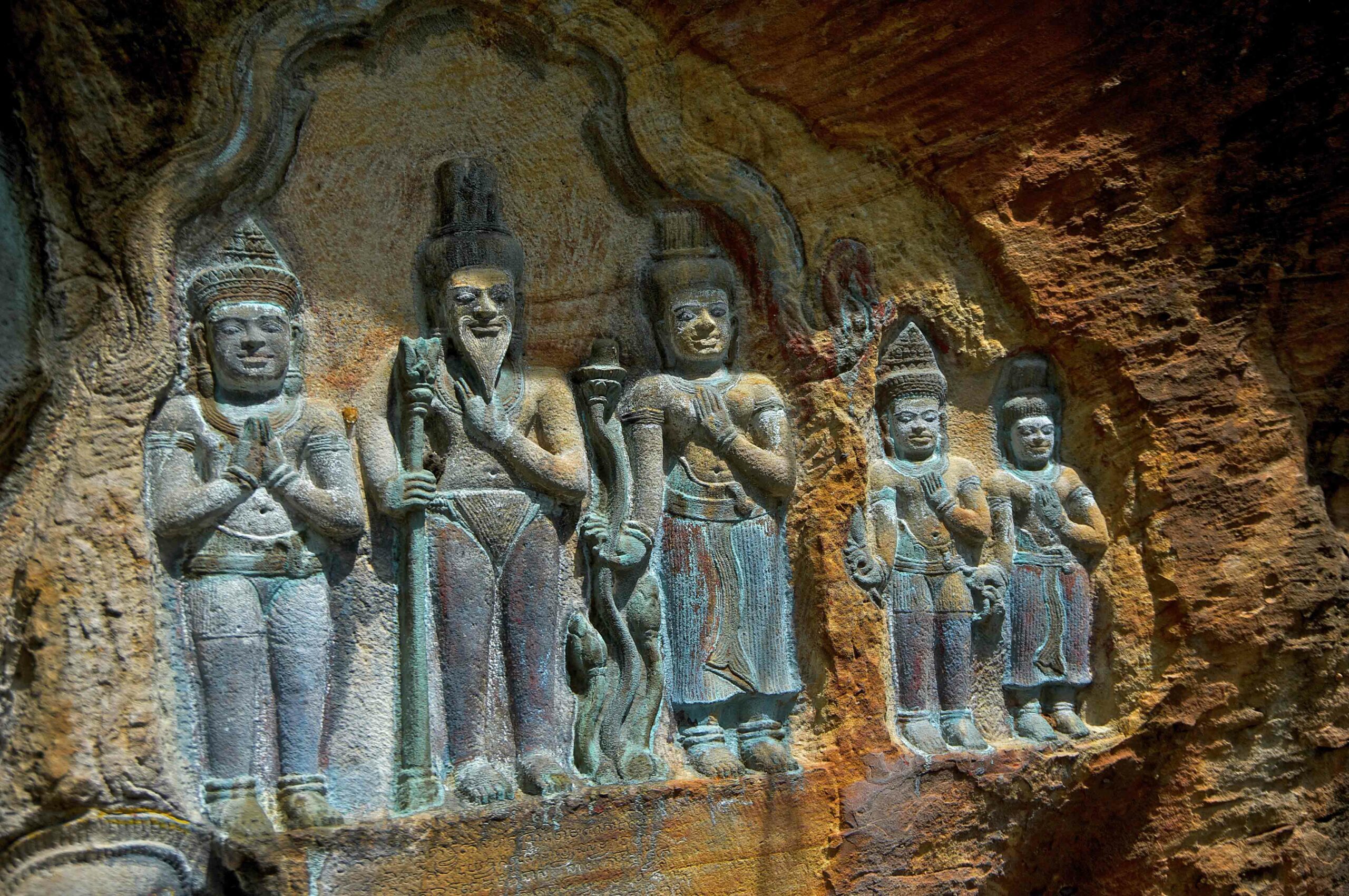
Artifact
Artifacts
Bronze Age Dagger
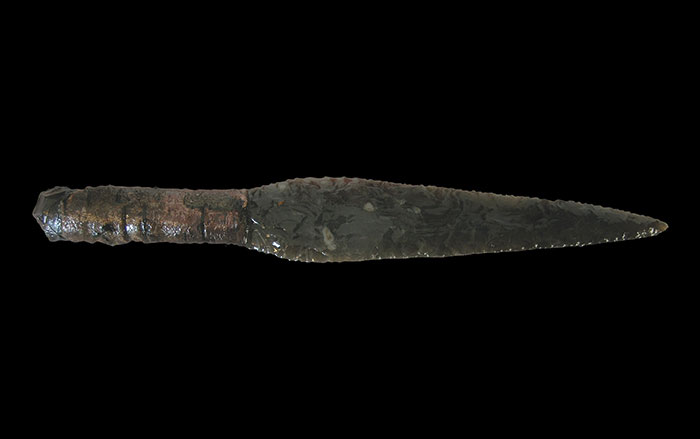
Digs & Discoveries
-
Digs & Discoveries
The Price of Plunder

-
Digs & Discoveries
A Tale of Two Railroads
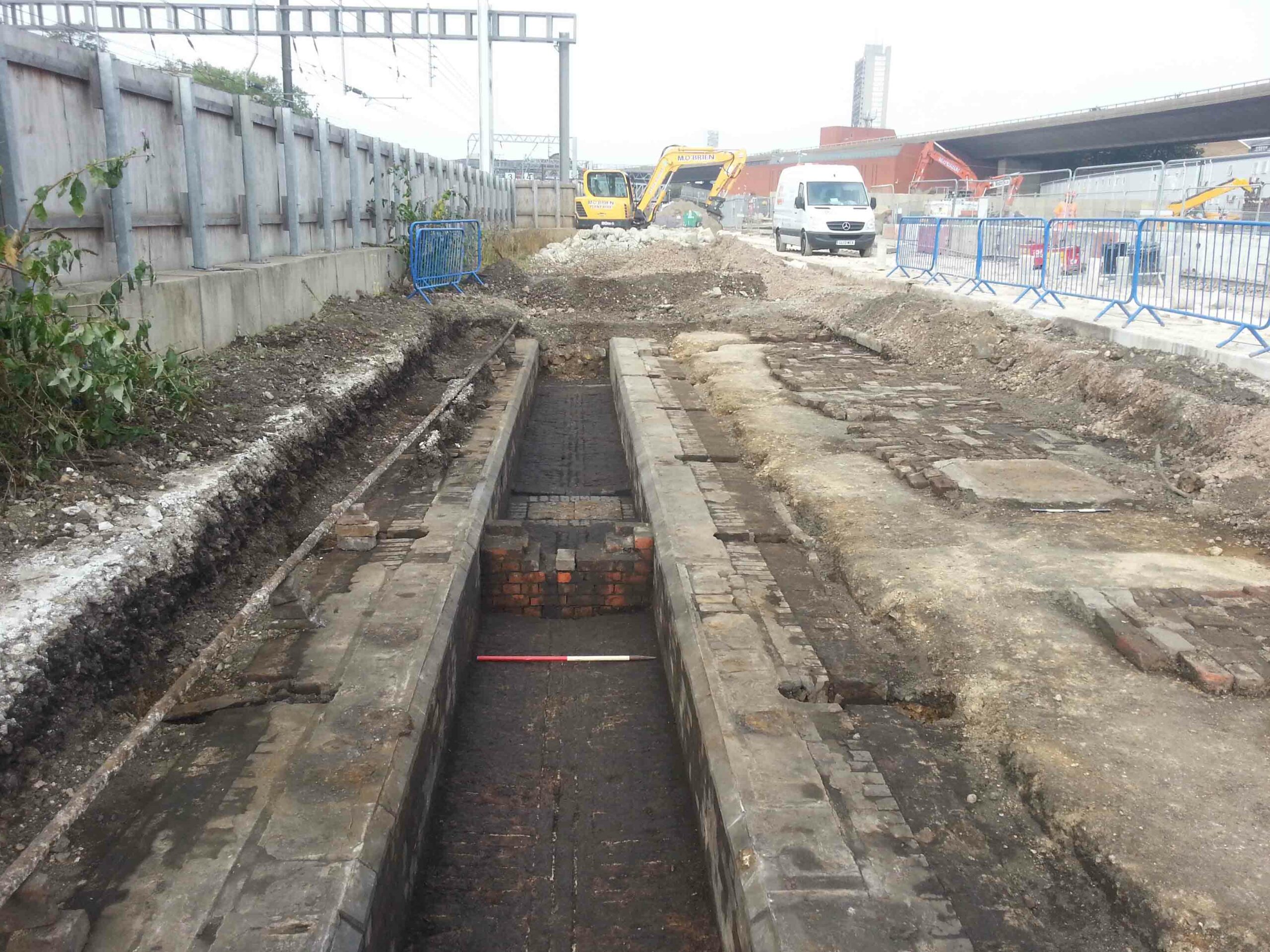
-
Digs & Discoveries
On the Origins of Art
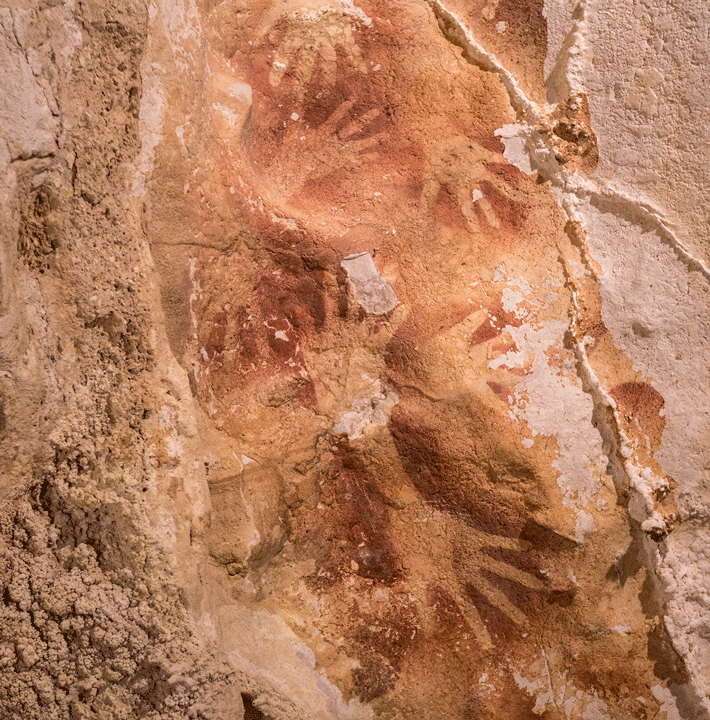 (Courtesy Kinez Riza)
(Courtesy Kinez Riza) -
Digs & Discoveries
Fancy Footwear

-
Digs & Discoveries
The King is Dead. Long Live the King
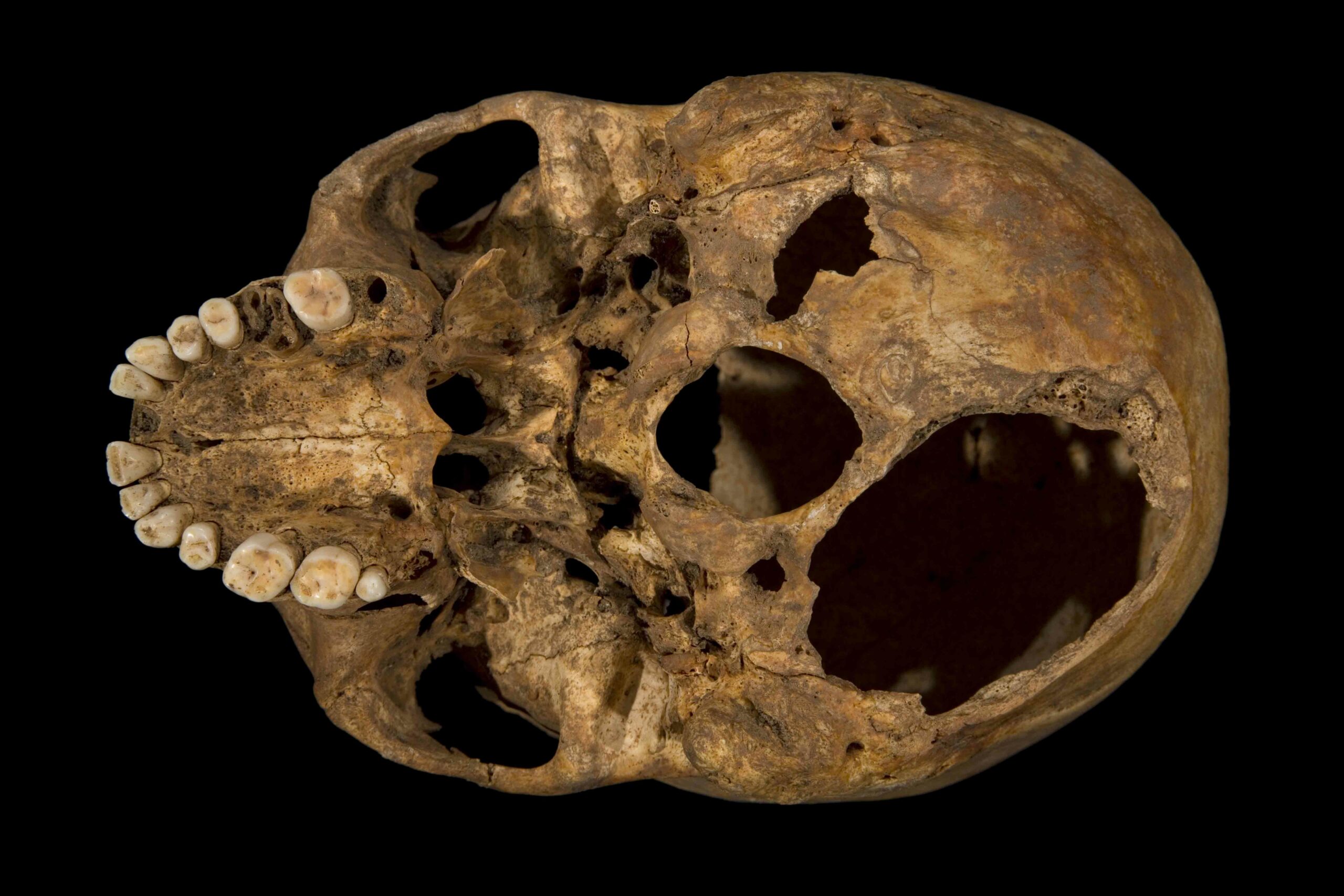
-
Digs & Discoveries
Cults of the Bronze Age
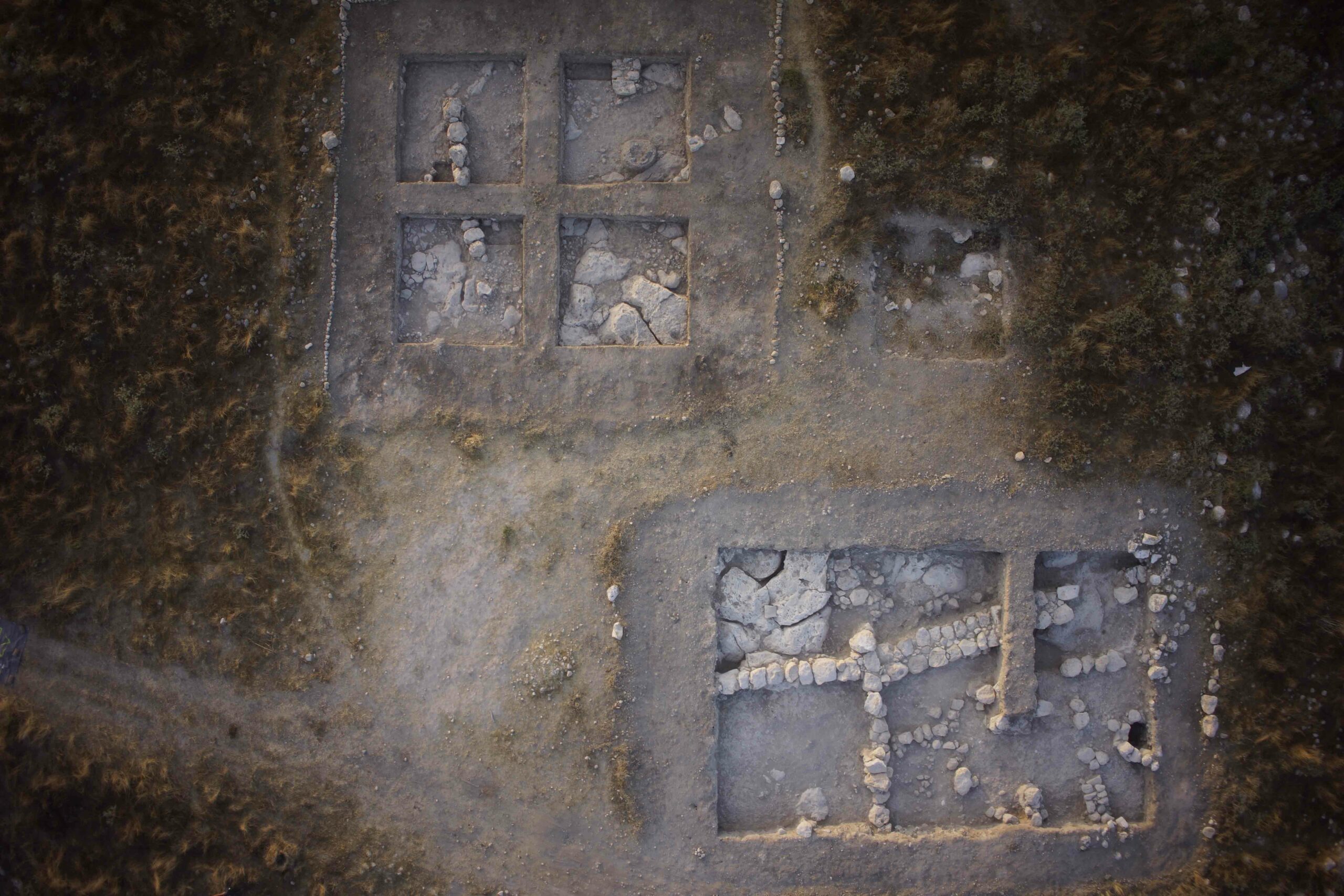
-
Digs & Discoveries
Symbolic Neanderthals

-
Digs & Discoveries
Hollywood Exodus
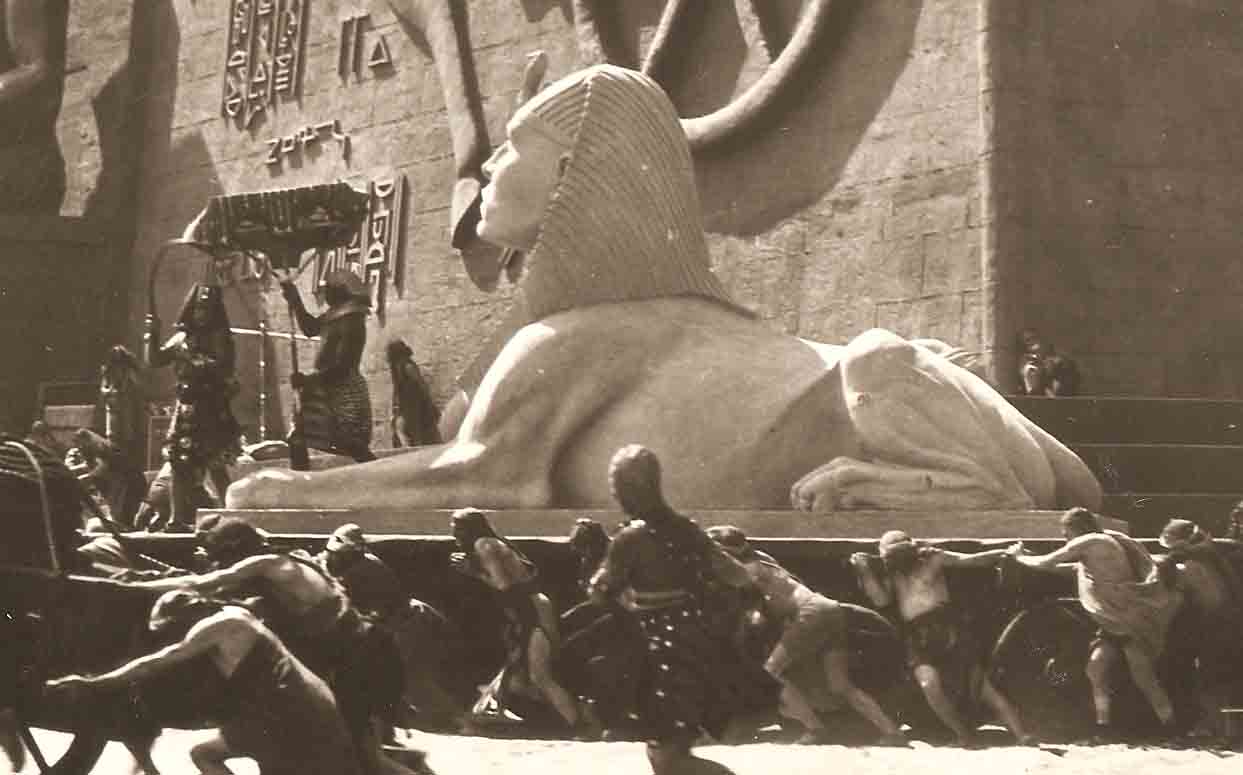
-
Digs & Discoveries
Egypt's Disappearing Animals
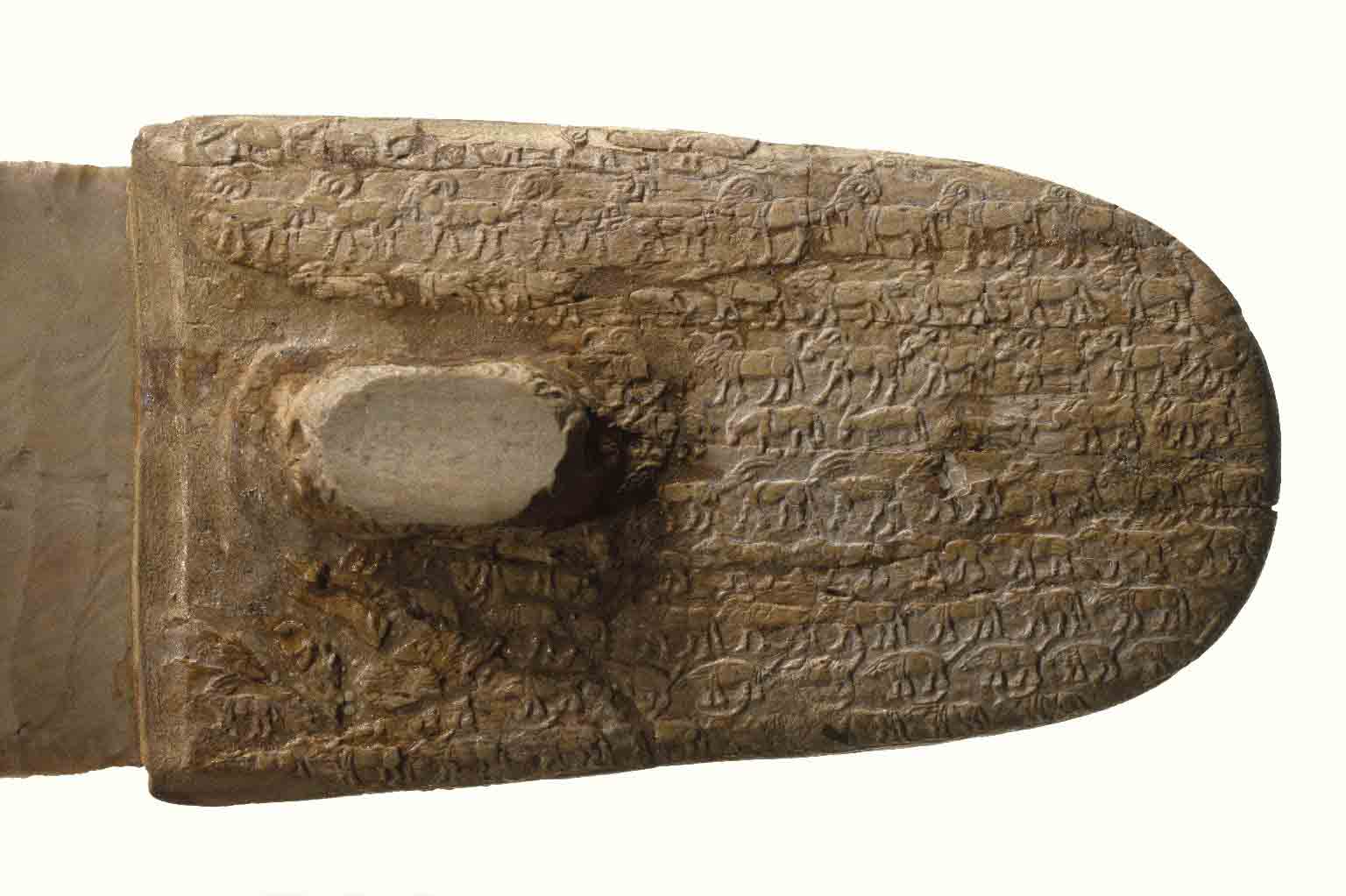
-
Digs & Discoveries
Across the Atlantic by Flipper

-
Digs & Discoveries
Viking Treasure Trove

-
Digs & Discoveries
Paleo-escargot
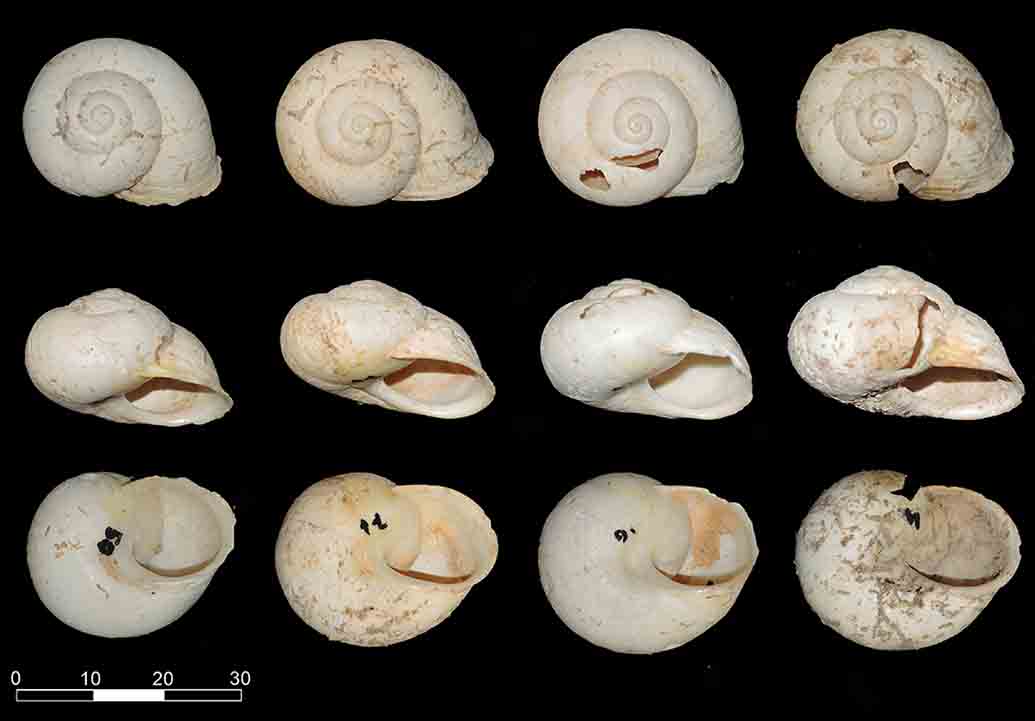
-
Digs & Discoveries
Maya Cities Lost and Found
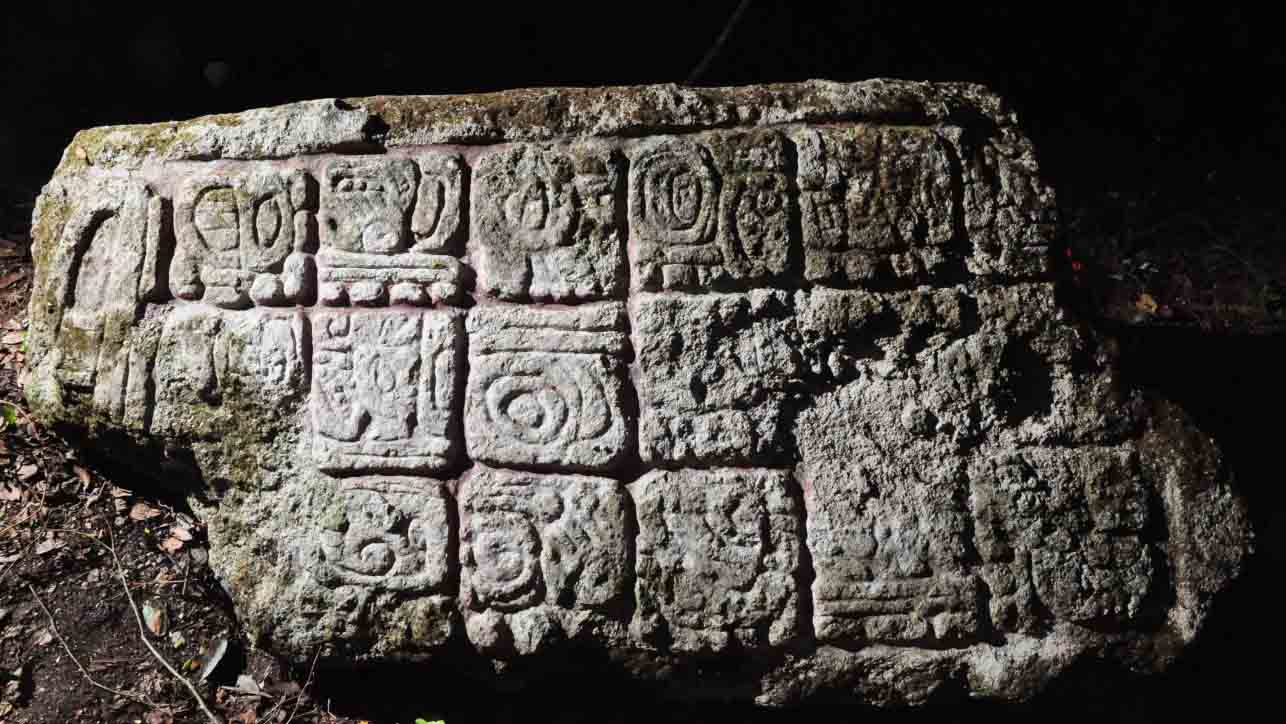
Off the Grid
Off the Grid January/February 2015
Ferryland, Newfoundland, Canada
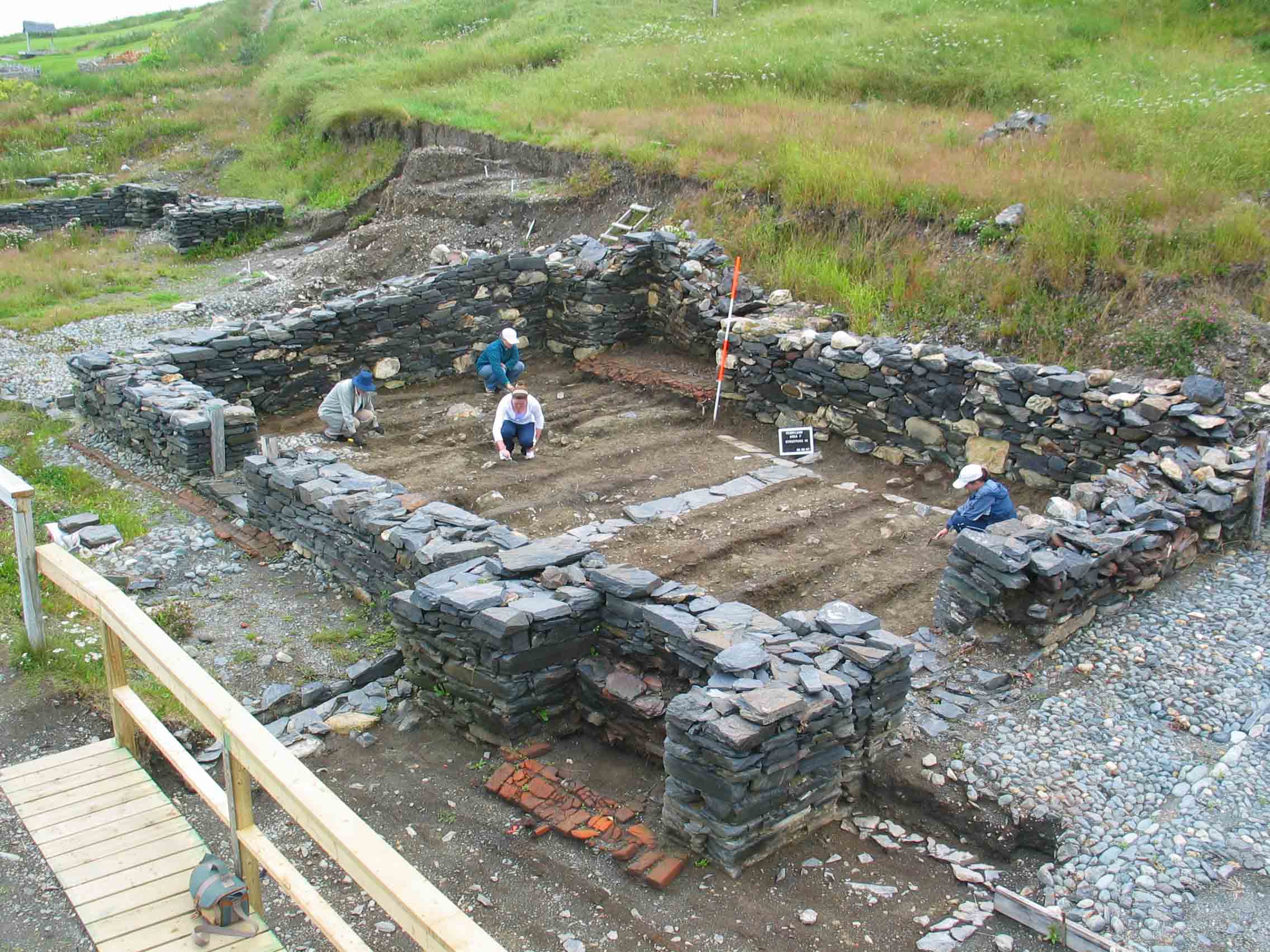
Around the World
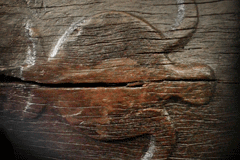
NEW ZEALAND

NEW ZEALAND: Following a storm, a large piece of a 600-year-old canoe emerged from a beach on South Island. Now undergoing conservation and study, the canoe suggests connections with places across the South Pacific. It is made of local black pine, but employs a sophisticated oceangoing design with ribs and a girder, and has a carving of a turtle on the hull. Both the design and carving were unknown or rare in New Zealand at the time, and represent some sort of cultural continuity with the rest of Polynesia. —Samir S. Patel

KAZAKHSTAN

KAZAKHSTAN: Using Google Earth and satellite imagery, scientists have recently found some 50 geoglyphs, some up to a quarter-mile across, made up of patterns of discrete mounds, in the northern steppes. Excavations, remote sensing, and other studies are under way. It appears there are no structures buried within the mounds, and the purpose of the enigmatic earthworks remains unknown. They may help track early human migration across the region. —Samir S. Patel

EGYPT

EGYPT: In a study of more than 100 skulls excavated from the site of Amarna, some 28 had remains of preserved hair, which is allowing a unique look into hairstyles and ethnicity in this part of ancient Egypt 3,300 years ago. Among them were several with extensions braided into the natural hair, including one on which there were approximately 70 extensions fastened in different places and layers. —Samir S. Patel

